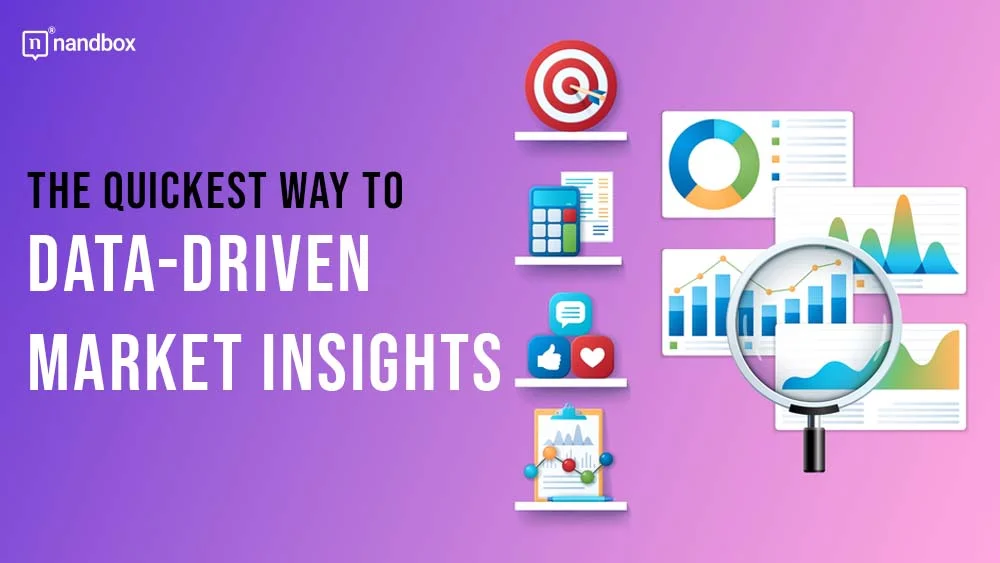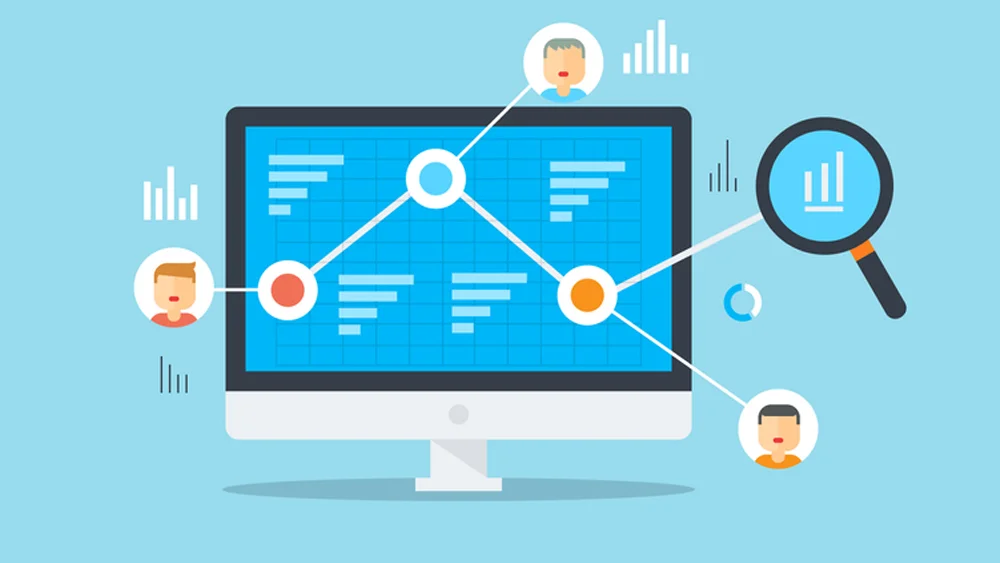Rapid Access to Data-Driven Business Intelligence
They say data is the new oil. Considering the latest big data statistics, we couldn’t agree more. As of 2023, the big data market is worth $77 billion. Experts estimate it will reach the $103 billion mark by 2027. Moreover, worldwide data amounts to 120 zettabytes and should exceed 180 zettabytes by 2025. A massive chunk of that data holds the key to invaluable data-driven market insights for businesses, including the ecommerce industry. Collecting it can take time and effort, but analyzing it for data-driven decisions is another story.
Enter e-commerce datasets. Before exploring their statistical power to supercharge strategic business decisions, let’s dive into the importance of data in this industry.
The significance of data in ecommerce
Data helps ecommerce businesses achieve objectives and goals and fuel long-term growth. It provides information on target audiences, customers, and competitors to improve decision-making and boost conversions, sales, and revenue. Without relevant, up-to-date data, they would shoot in the dark and hope for the best.
Here are the most notable aspects where data helps ecommerce businesses make strategic decisions.
Competitor analysis
Competitors’ marketing strategies, best-selling products, ratings, website and app optimization, user experience, top-performing channels, sales, pricing, and other areas help identify strengths, weaknesses, and market gaps.
A sneak peek into those areas helps businesses determine how to stand out. For instance, they can optimize prices to stay competitive and maximize profits, improve page load time to elevate user experiences, and upgrade strategies to generate more sales.
Customer behavior analysis
Consumer data provides insights into customers’ needs, pain points, purchasing behavior, and product or service preferences.
For instance, product reviews can uncover buying motivations and satisfaction, helping businesses enhance shopping experiences, personalize marketing campaigns, boost engagement, and improve customer service.
Customer behavior analysis is essential for understanding how to get on the target audience’s radar and generate more leads, conversions, and sales. It helps develop better customer acquisition and retention strategies to minimize bounce and cart abandonment rates and improve satisfaction and loyalty.
Trend forecasting
Analyzing market trends is crucial for business growth. Ecommerce data can uncover the latest customer sentiment and demand shifts and help organizations identify emerging trends.
Businesses can also forecast trends from historical data, leveraging patterns to predict seasonal demand and future buying habits. That way, they can optimize inventory to prevent overstocking and stockouts, ultimately reducing costs and increasing revenue.
How to acquire ecommerce data
Acquiring ecommerce data to empower strategic decision-making involves gathering business intelligence from multiple sources.
Besides signup forms, emails, surveys, direct feedback, social media interactions, browser cookies, and CRM software, ecommerce businesses can collect alternative data from public sources. Here are the best methods.
Web scraping
Extracting data from competitors’ websites, blogs, forums, social media, and other online platforms can provide valuable insights into sellers, customers, products, ratings, and additional information. Web scrapers can harvest massive datasets within minutes or hours (depending on size), saving precious time while enriching your database.
However, web scraping requires extensive technical knowledge. Moreover, it provides unstructured data, calling for time-consuming cleansing and parsing to convert it into structured data ready for analysis.
Web scraping brings more challenges, including data privacy laws and restricted data access. For instance, anti-scraping mechanisms like geo-blocking and IP bans can hinder data extraction.
Purchasing datasets from third-party data providers
Third-party data providers are your best bet for gathering relevant, accurate, complete, up-to-date ecommerce data. They regularly scrape the web for the latest information on brands and consumers, updating their databases to help clients gain a competitive edge and maximize profits.
You don’t have to worry about data privacy laws like the GDPR and CCPA. Reliable providers comply with ethical and legal standards when collecting publicly available ecommerce data.
You can purchase their datasets knowing they’ll supercharge your business growth without jeopardizing your credibility, integrity, and reputation or pushing you into legal trouble.
What are ecommerce datasets?
Ecommerce datasets include structured, ready-to-use data from public ecommerce sources. They provide critical information on brands, products, sellers, prices, ratings, customers, reviews, and other data points.
They provide clean, parsed data that web scraping experts regularly collect to unlock insights into consumer needs and preferences, customer sentiment, product strategies, and other relevant aspects.
Why are they the quickest way to get market insights?
These extensive datasets eliminate the need to convert unstructured into structured data, saving considerable time and effort. You don’t have to develop a web scraper and spend days or months harvesting, cleansing, and parsing data. You can rely on professionals who already did the legwork.
The best part? You can get custom datasets in your cloud storage in the desired format (e.g., CSV or JSON). You can also choose the delivery frequency. Whether you pick daily, weekly, or monthly updates, you’ll have the necessary information for data-driven business decisions.
Conclusion
The key to market insights and informed business decisions lies in data. You can’t improve decision-making and fuel sustainable growth if you don’t enrich your database with fresh information.
However, gathering it takes time and effort, making third-party data providers your best bet for saving time, reducing costs, and driving data-driven insights.






